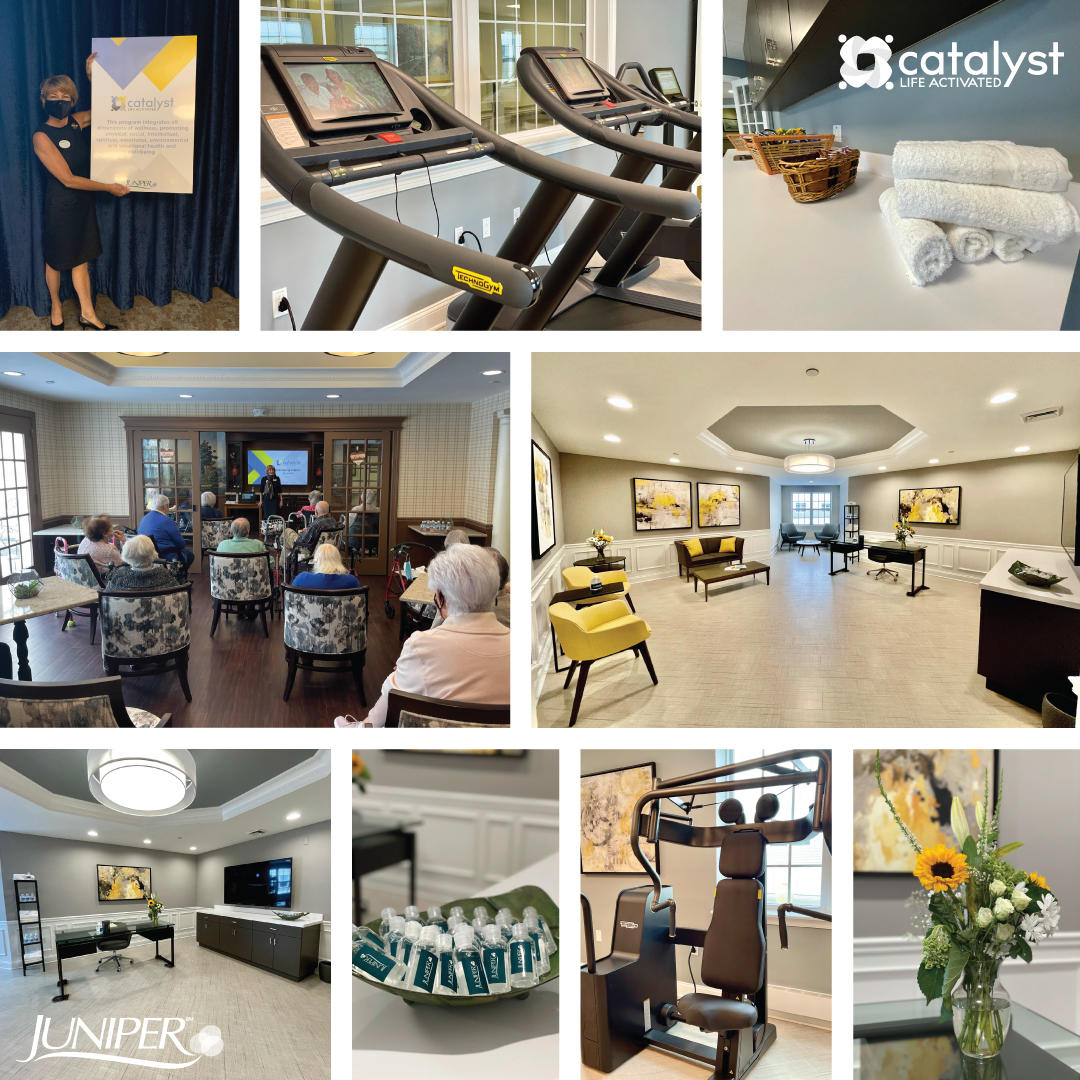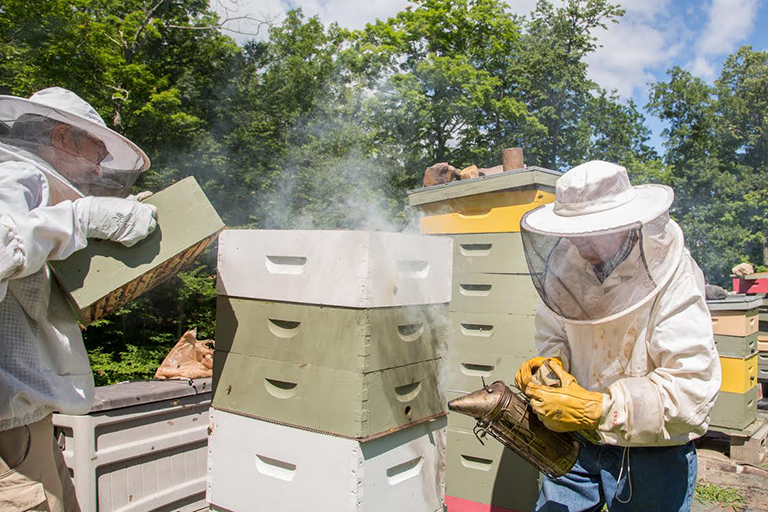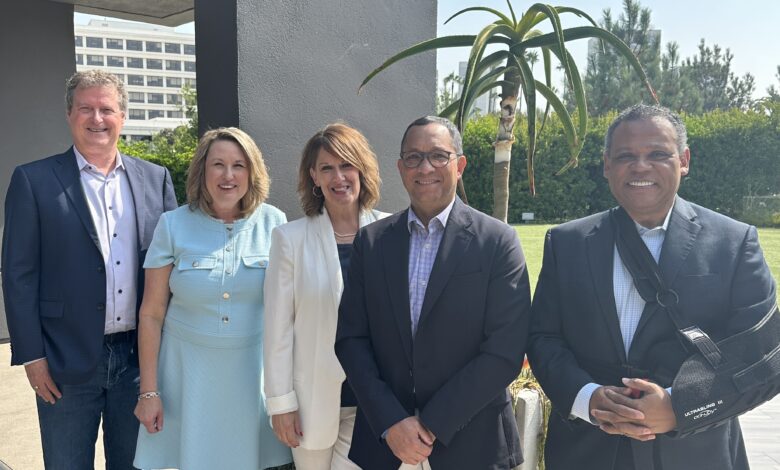
HEALTHTAC West 2025 Panel: The ABC’s of Senior Living: Acquisitions, Building, and Construction, Part 1
By Jim Nelson | November 17, 2025
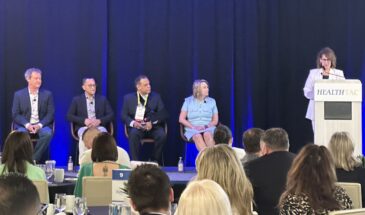
NEWPORT BEACH, CA — Each year, sister companies HEALTHTAC and Senior Living News host a west coast gathering of senior living executives. This year, we all met at this Orange County beach town, where we expanded our understanding of the profession with several panel discussions.
Leading a discussion that explored the development side of senior living was moderator Nicole Page, the senior vice president of sales at Dual Path. Joining the conversation were panelists Eric Gruber, the CEO of Acanthus Senior Living; Colin Marshall, vice president of business assimilation for Discovery Senior Living; Daniel Perez, the vice president of real estate development, design & construction for Senior Resource Group; and Heather TerHark, the chief strategy officer for Viva Senior Living.
To get the conversation started, moderator Page asked Marshall to define an “acquisition.”
COLIN MARSHALL: We’ve moved away from the term “acquisition” and adopted the term “assimilation,” because acquisition represents a really small part of what we do. If you think of acquisition as the introduction to a deal, most of the work is done between that first handshake and when you inculcate that community into general operations, and there’s a lot of work that happens in that space; that’s where the real acquisition happens. That’s where the opportunity to say no to a product, yes to a product, or to reposition a product happens. Acquisition is not just taking a community; that community has lives in it; you have residents, you have employees, you have families attached to that community. The art of acquisition has changed in our space a little bit in terms of how we deal with it and how we manage it in order to grow, and to grow quickly. So, we’ve had to adopt and adapt at the same time to be successful.
NICOLE PAGE: Heather, when you are evaluating a new market or community, whether through acquisition or new development, what are your top considerations driving your decision making?
HEATHER TERHARK: We’re doing an entirely full assessment of a community. You all get your offer memorandums, but we’re starting completely from scratch; we’re doing our market analysis; we’re doing our mystery shopping; we’re doing a pro forma based on our buying power of expenses; we’re looking at their financials; we’re trying to see what opportunities to grow revenue; we’re trying to see what opportunities to control expenses, and where we can end up from an N.O.I. for our investors. We’re also looking at the regulatory environment of that state; each state is very different, whether it’s licensure, regulatory, or other things that affect that state; from minimum wage and the legal components of it, we are looking at the workforce. Are we able to get enough employees? We do not believe in using agency at all, ever. We use regions when we do our acquisitions: Is it a good fit for that region? Is it a good fit from a cultural standpoint? We’re looking at the CapEx, we’re looking at everything dollars-wise that our investor is going to have to put into that community, and what it’s going to take for us to get to what they’re looking at from their N.O.I. standpoint. As many acquisitions as we take on or we recommend to our different investors, there’s just as many that we say, “No, this is not a good investment.” We like to do that full kick of the tires as part of that process.
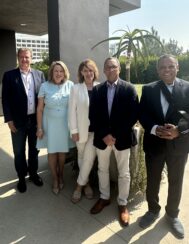
NP: Eric, I know that you are church based, but are there other factors involved in what you’re looking at as you’re thinking about growth?
ERIC GRUBER: There are, and I’d echo essentially every point that Heather just made; those are the same boxes you should be checking when you’re looking at a new build: Is this market right? What’s that labor market? What’s the regulatory environment, et cetera? I’ve been developing, ultimately, in nine states; over 35 years, we’ve found success in vibrant, growing places. We have been able to attract staff and a group that really has that same mindset that we do. I’ve always believed — and it’s why I prefer new builds — you get to set that culture from day one; it’s really hard to come into a community and put your DNA in it, if you will. I can tell you as a COO and as an owner, I sleep at night knowing that I’ve got people there that have bought into our program and are doing it our way. Specifically with this idea of associating ourselves with Catholic parishes.
NP: Colin, what are some other top factors that make a potential acquisition attractive to you right now?
CM: It goes back to what Eric was saying; Discovery made a decision a few years ago that our growth wasn’t going to be vertical in the traditional sense. We adopted other horizontal structures. Discovery no longer manages individual communities; we manage companies, or management companies that manage communities. So, we support the entities, but those entities are also distributed regionally. So, if you look at our ManCos (management companies), and all the different ManCos that we are, you’ll see that each one has a very specific region that they manage. We go a little bit deeper. We make sure everybody who’s involved in that ManCo, or that region, is also living in-region. So, they are eating, breathing, experiencing the region the same way the resident is. You have to trust those teams to make decisions about the areas that they thrive in at the community level. And there’s a lot more that goes into it. There’s data and everything else in terms of how you make a decision on whether or not you take a community, where the community goes, and who it goes to. Acquisition is no longer just taking something and putting it into your portfolio. It has become way more detailed. There’s a forensic process on the front end of that that determines what’s wrong with the community; if it’s not thriving, what’s broken? Is it the team? Is it the market has changed? What is it? My team comes in, and we develop an action plan for that community, every single one that we touch. And we stay with it until that inculcation is complete. Then, and only then, do we hand it off to the ManCo. So, all of the work is done by the time the ManCo leaders get it. That’s essentially how we’ve renegotiated acquisitions and assimilation.
NP: Daniel, what are your thoughts on smart technology in buildings? There are so many buzz words right now in senior living; I think “smart home” is coming to the top. Is it necessary? Is it the future? How much thought do you put into that when creating a new building?
DANIEL PEREZ: Technology is not an option anymore; if you do not include that from the beginning, in terms of the planning, even in the assimilation, you are out of the game pretty quickly. The digital transformation shouldn’t be just a buzz expression. It has to be a part of the process of the development, and the operation has to be part of the planning because if you don’t include that component within the process, then you have missed significantly what the end result is going to be. The success is going to be very easy to be measured, but it’s measured because of how all these components are lined up together. Assimilation/acquisition is never easier, really, than the new development. The cultural aspect of it makes a lot of sense from the beginning, and the success for the actual project is about the culture, to be able to retain your employees, to retain your resources. And it’s a lot more difficult when you do an assimilation/acquisition.
Stay tuned for part 2 of this article, in which the panelists will continue the discussion of technology adoption, and where we’ll learn about the strategic advantages of repositioning vs. new builds, market-driven customization, and sophisticated financial planning in today’s senior living industry.

